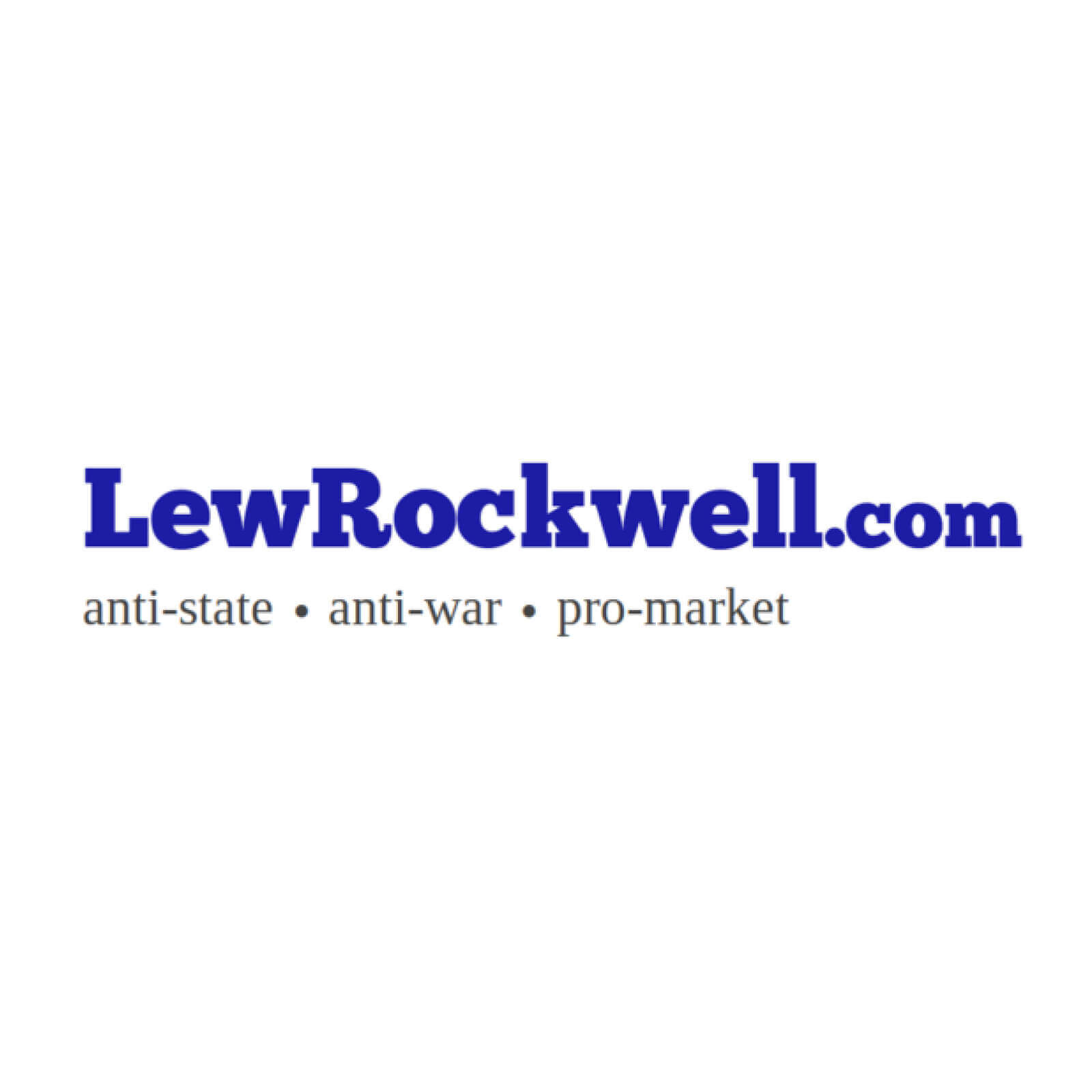Donald Trump’s Projects – Part II
President Donald Trump’s core agenda is to reform the Western economy by ending “American globalization,” under which the components of complex products must be manufactured in multiple countries before being assembled. He intends to bring as many factories as possible back to his country so that it becomes capable of manufacturing complex objects from A to Z.
Contrary to what we might think, the First World Trade War is not between Washington and Beijing, but rather between two forms of capitalism.
After explaining Donald Trump’s efforts against “American imperialism” and against the federal bureaucracy [ 1 ] , I would like to turn to his economic action and particularly to his conception of customs duties.
Initially, Donald Trump was not a politician, but a business leader, and it was as an entrepreneur that he entered the political world in the 1980s. He then published a full-page advertisement in three major US newspapers to denounce the imbalance in trade between his country and China. He thus opposed American globalization, which made the United States the center of the Empire and China “the workshop of the world.”
He entered politics later, first alongside the Clintons, then supporting the Tea Party and finally taking over the Republican Party.
To understand Donald Trump, we must always keep in mind his background: he is neither a Democrat nor a Republican, but a “Jacksonian” [ 2 ] . And his hobbyhorse is to bring the production of consumer goods back to his country.
It is much easier for us to understand his adversaries in the United States because they almost all act, not from their experiences, but from their single ideology: “American imperialism.”
And we must keep in mind that, generally speaking, academics confuse economic ideologies, which they discuss, with the functioning of the real economy, which they ignore.
When Donald Trump became president and reformed the economy, he announced his intention to Make America Great Again (MAGA), that is, to make America a great power again. He specified that he did not intend to wage wars, but, like President Andrew Jackson, to replace them with international trade. We should therefore understand MAGA not as making America a great military power, but as a great economic power, that is, to make America great again.
Andrew Jackson was neither a free trader nor a protectionist. He saw tariffs as a means not to protect American products from international competitors, but as the only way to finance the federal government. This is exactly Donald Trump’s position today: he intends to eliminate all federal taxes and finance his administration solely through tariffs. However, he allows each state to levy the taxes it deems essential.
With this framework established, Donald Trump is organizing the transition from the old system to the new one according to his method, which he described in his book, The Art of the Deal : destabilizing his interlocutors. He began by announcing widespread and prohibitive customs duties, then agreed to reduce them to 10% for three months, except for China.
Everyone then rushed to his feet, both to thank our good “master of the world” for these taxes and to ask him n
Article from LewRockwell

LewRockwell.com is a libertarian website that publishes articles, essays, and blog posts advocating for minimal government, free markets, and individual liberty. The site was founded by Lew Rockwell, an American libertarian political commentator, activist, and former congressional staffer. The website often features content that is critical of mainstream politics, state intervention, and foreign policy, among other topics. It is a platform frequently used to disseminate Austrian economics, a school of economic thought that is popular among some libertarians.



